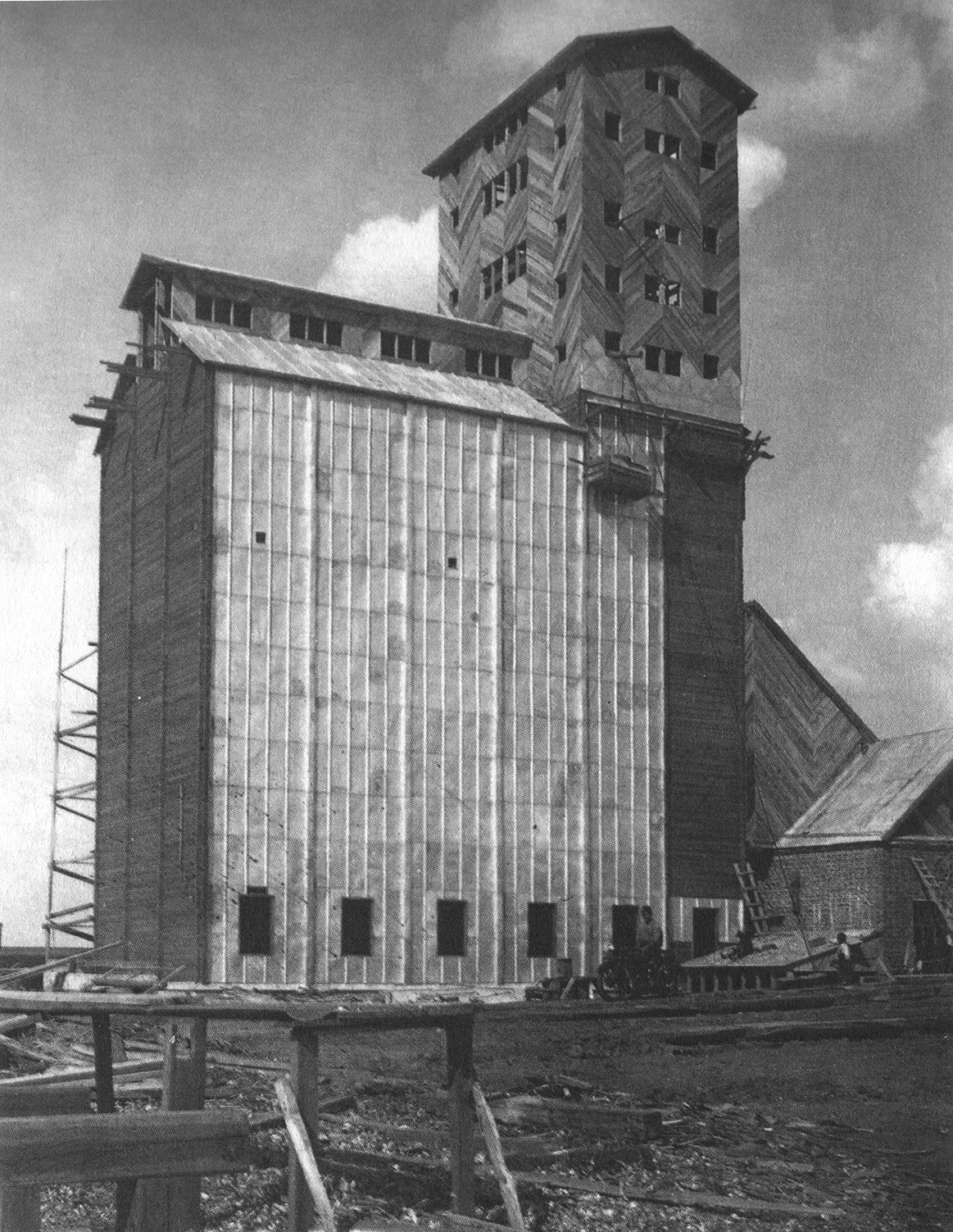Old and New. Delving into the Origins of Collectivization
Contenu principal de l'article
Résumé
Abstract Soviet experiences played an important part in the broader international debate on rural planning throughout the early decades of the twentieth century. In this respect, the competition for the Green City of Moscow and the project for new forms of human habitat in the Urals by M. Ginzburg and the OSA group (Sverdlovsk, Magnitogorsk and Chelyabinsk, 1927–32) – much too often labelled as “utopian” by architectural historians – deserve due reconsideration (Meriggi, 2009). Based on research begun with MA (Kravchenko, 2019; Meriggi, 2019) and PhD students (Batunova, 2017), this paper focuses on Verblyud, Gigant and other collective villages of the Salsk steppes, taking us to the origins of collectivization and epitomizing 1920s and 1930s Soviet planning theory and practice.
The two most famous and documented «sovkhoz» of Salsk territory - «Gigant» and «Verblyud» - clearly epitomise the extremes characters in architecture and planning, between constructivism and Russian rural traditionalism, in the creation of a network of collectivised villages and new towns – i.e. the «agro-gorod» (agro-city) - as proper rural-urban settlement of the Socialist society.
The grand dimensions of «sovkhoz» and of the afforestation plan, even if expression of Soviet gigantomania, could be otherwise regarded as proportional to the natural vast scale of steppes landscape.
Details de l'article

Ce travail est disponible sous licence Creative Commons Attribution - Pas d'Utilisation Commerciale - Pas de Modification 4.0 International.

